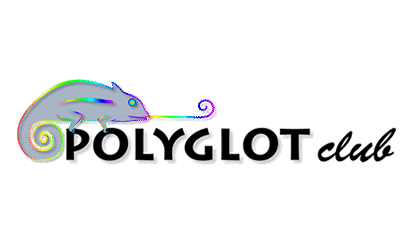PS: Immerse yourself in these free Spanish lessons: Lesson: Common Mistakes — Adjectives — Argentina Timeline — Parts of a tree
- ejeon0929
 March 2023
March 2023
GIVE ANSWERS
 | alecoibaMarch 2023 ”Yo tengo un perro” is correct. BUT, in (Mexican) Spanish the pronoun ”I” is rarely used. So, you´d say ”Tengo un perro”. Tengo already means ”I have”. You can use both but sometimes it sounds weird when you use I. In some South American countries and in Puerto Rico, too, many people use phrases like ”Que tu quieres que yo haga?””What do you want me to do?”. Which sounds a little weird with the pronouns You and I. So, you´d better say: ”Qué quieres que haga?”. ”Qué quieres...? already means ”What do you want...?” and ”haga” already means ”me to do”. |
 | Lucia06April 2023 Hola; si, es correcto decir ”Yo tengo un perro” Pero puedes decir simplemente: Tengo un perro. |
 | Zulay7March 2023 Is this correct? significa Es esto correcto? |

alecoibaMarch 2023 Yes. You can also say ”Es correcto ésto?”. Many people also use ”Ésto es correcto?” but the question should begin with ”Es” (Is). The way questions are made are mostly wrong even in English. Many people don´t start the questions using (am, is, are).
 | sara_perez2May 2023 Its correct, but if you want to sound more ”native” yo can skip the personal pronoun at the beginning of the sentence: ”Tengo un perro” We use to talk like this. |
 | MalicheMay 2023 Si , te estás refiriendo de forma particular |
















































